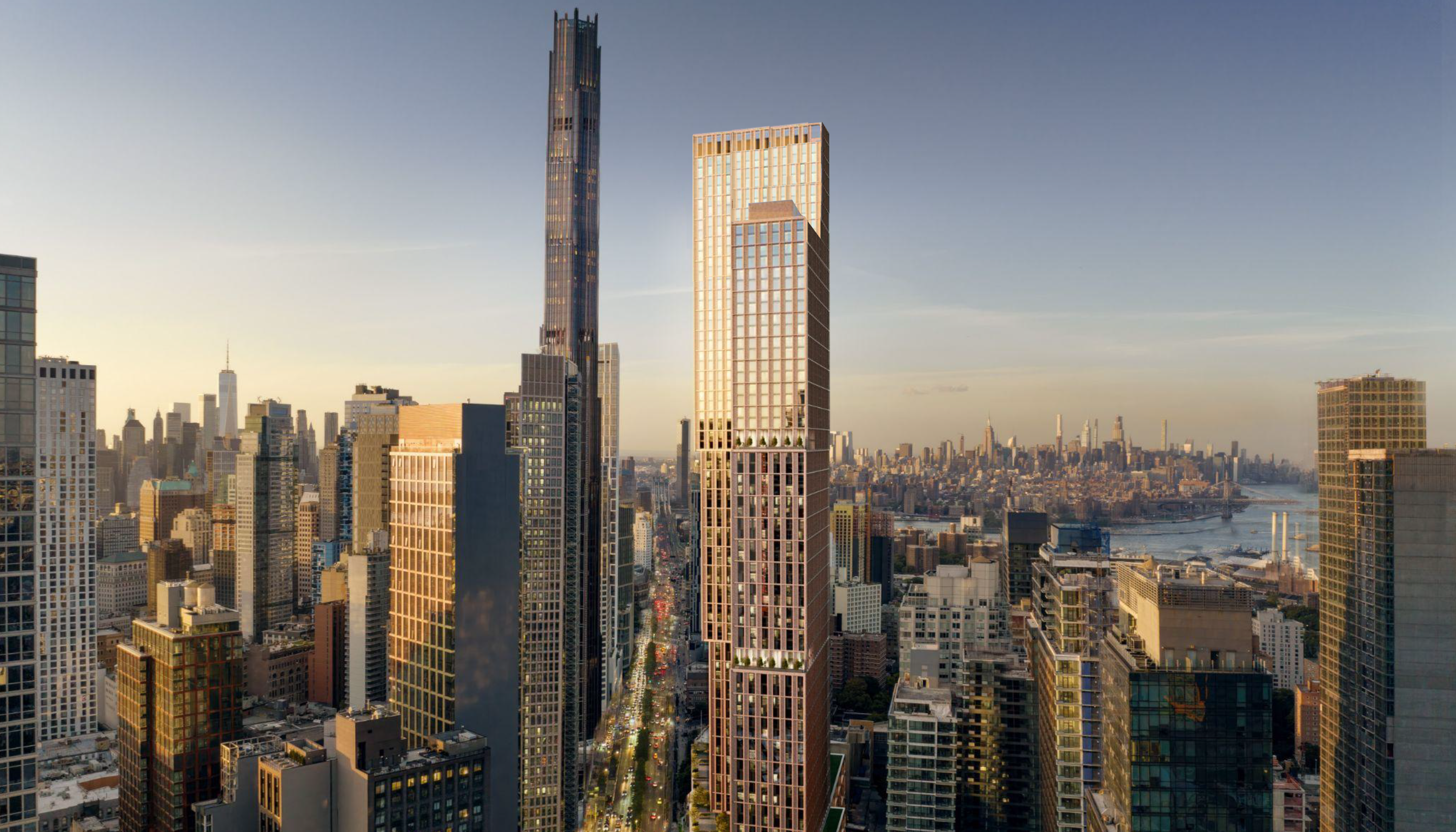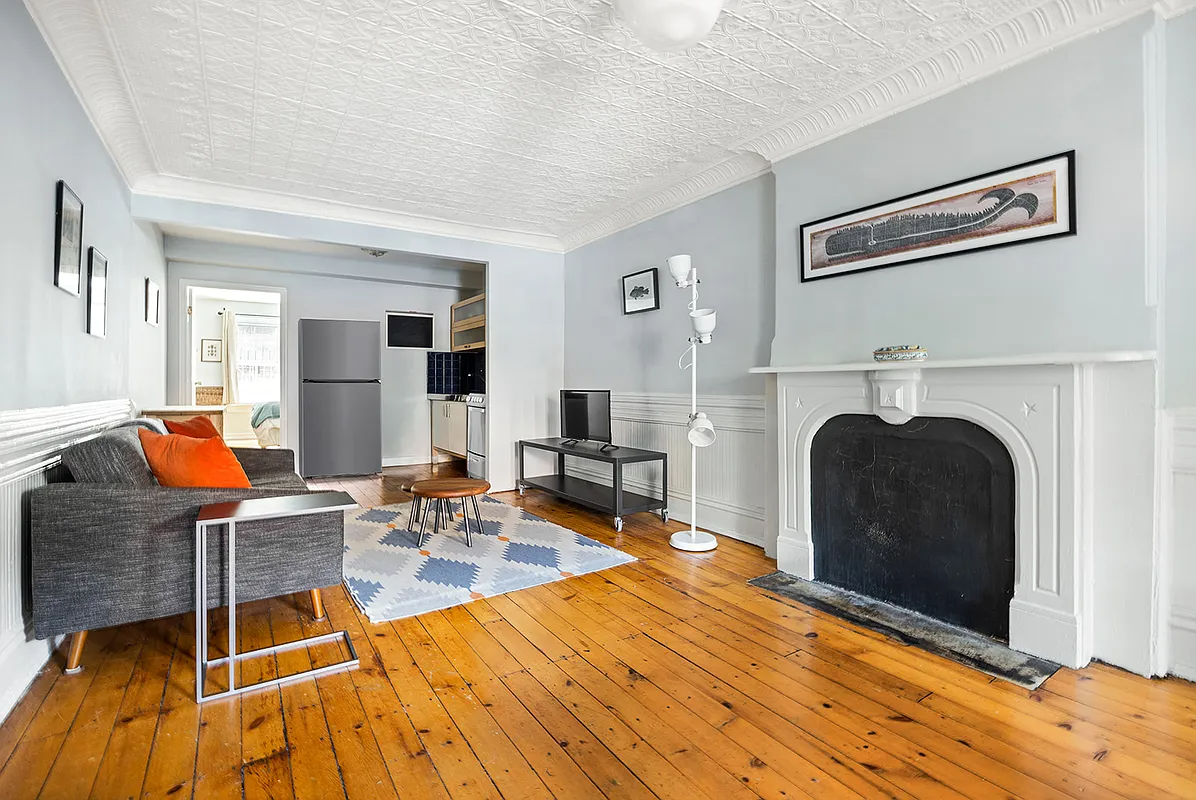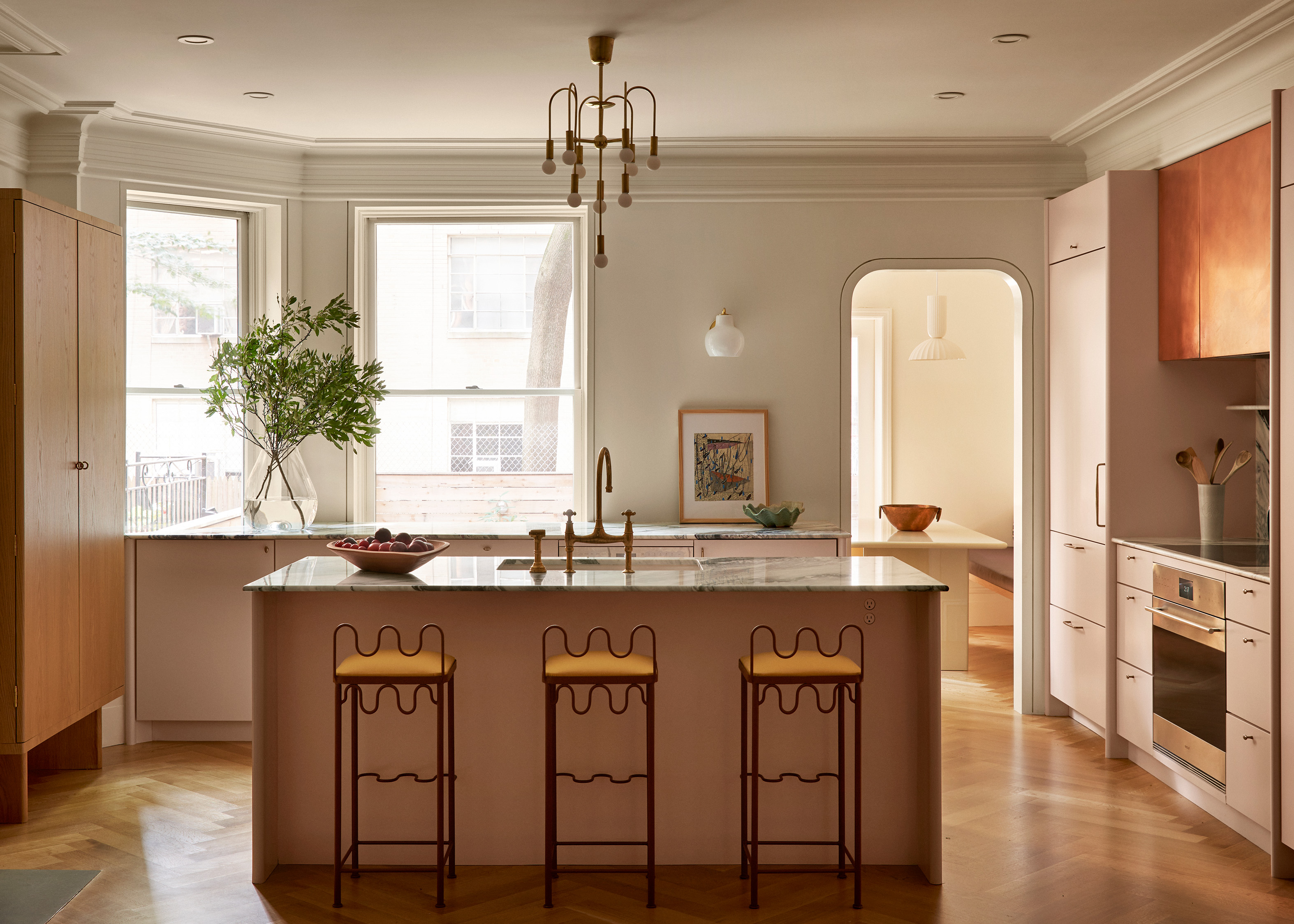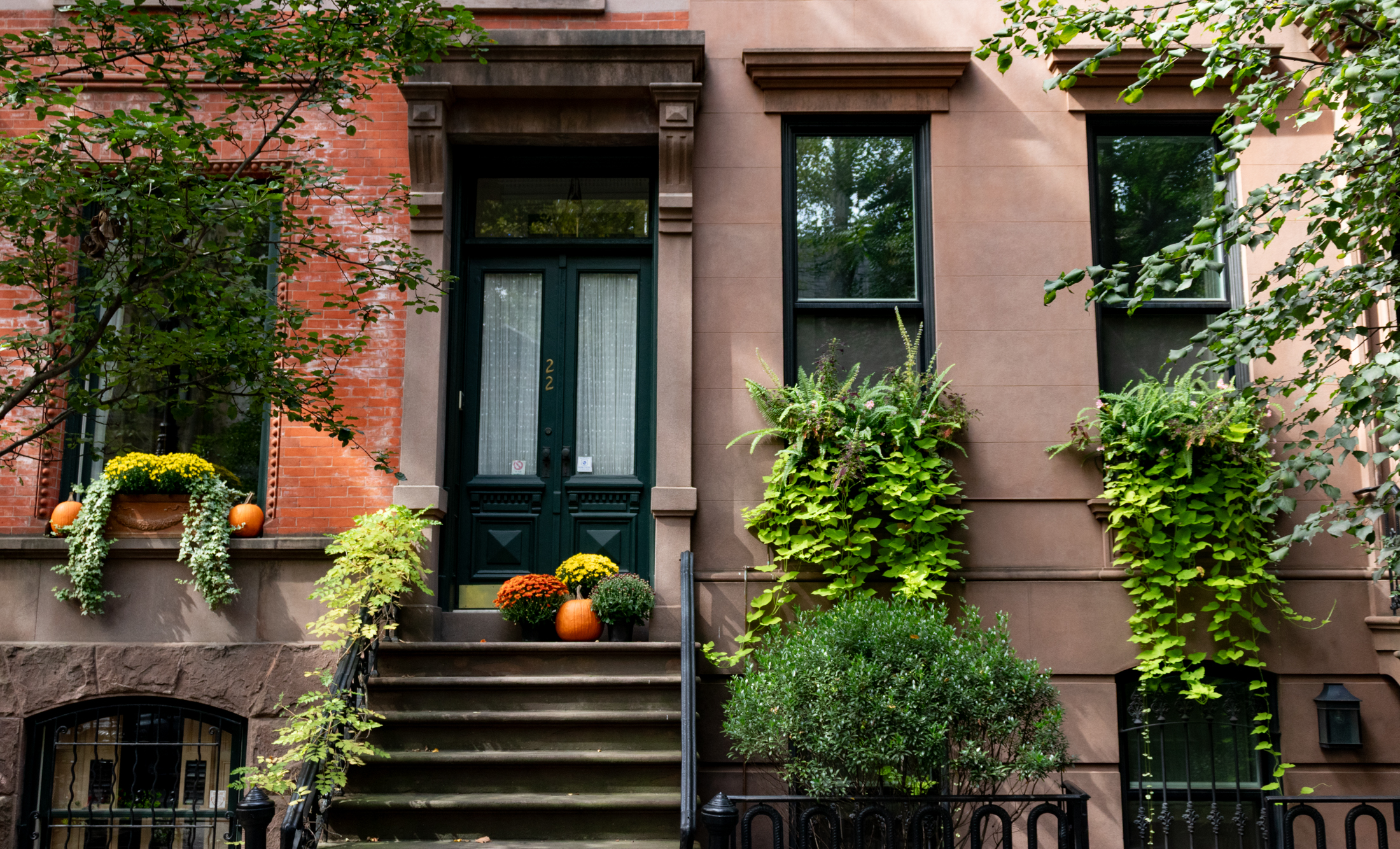Cheap New Construction a Deal? Not a Chance
Not to beat a dead horse, but there were several commenters in Friday’s discussion that seemed to feel that the new construction eyesores being slapped up around the borough serve the purpose of providing lower-income people with the benefit of the american dream. Our rebuttal was that these structures actually do the opposite. They are…



Not to beat a dead horse, but there were several commenters in Friday’s discussion that seemed to feel that the new construction eyesores being slapped up around the borough serve the purpose of providing lower-income people with the benefit of the american dream. Our rebuttal was that these structures actually do the opposite. They are almost without exception poorly constructed and almost without exception extremely ugly. We don’t see how these things have a chance of holding their value over time against the traditional housing stock. Take these two comparably priced houses within a few blocks of each other in Bed Stuy, both of which were posted in the last couple of days on Craigslist. Which owner do you think is more likely to have preserved or built equity 20 years from now? Which owner is more likely to get completely wiped out in a downturn? So much for serving the needs of the needy. These developers are taking the money and running from those least able to afford it.
3 Family New Construction [Craigslist] GMAP
4 Family Brownstone [Craigslist] GMAP





ADN, I think the point is that architecture is not the only thing that makes our neighborhoods great. If we can build affordable homes that look good, fine. We should do that. However, if we cannot build affordable homes that look good \’enough\’ to the posters on this board, then tough. Working people need homes, and this need trumps our delicate aesthetic sensitibilities.
David, I’m sorry, but you are just wrong regarding old vs new construction. You are comparing apples and oranges. OK, you have to put a lot of repair into your 100 year old house, but it is just that – 100 years old. Have you ever watched the construction of these new POS? Flimsy framing, just within code, thin sheetrock with a coat of paint on it. Cheap flooring, with laminate flooring or wall to wall carpet. Cheap lighting, vinyl windows. Bottom end appliances and fixtures. How many horror stories have you heard about windows popping out in 5 years, roofs leaking,etc. You could be vacuuming your house, and acidentally punch a hole in the wall. Electrical defects, outlets coming out of the wall, the list goes on and on. Do the people, poor, middle income or otherwise, know this when they go into it, hell no. Unless you are into the whole home thing, most people don’t know squat about construction. If it looks good in the show house, they think it’s great. Shiny and new equals quality. That’s the American way.
Old houses take a lot of care, of course. But how can you compare thick plaster walls, parquet or plank floors, woodwork, fireplaces and built ins, if you are lucky to have them, and other original features, along with the size and scale of an old home, to what is being built today? Why did you buy your home, if you didn’t want to put up with the upkeep of a 100 year old piece of history? You cannot convince me that all the problems of an old house: plumbing, electrical, lead paint, plaster problems, drafty windows, etc, etc, etc, are not worth the end result, which are the houses that we drool over in listings and open houses. No one is going to drool over one of these new POS homes, especially after the wear and tear of a few years.
Anon 12:48,
I would argue that you and many others in this forum are having very unproductive liberal guilt.
It has to be possible to encourage affordable housing and support neighborhood diversity without accepting shoddy development and sacrificing the fundamental urban design qualities that make our neighborhoods great in the first place.
the horrible house on the left (which is up the street from me) was built it seems in 2 weekends. gross doesn’t begin to describe it. as a native bedstuy-er it seems my neighborhood is being raped, and then sold to the highest bidder.
David, thanks for those comments. You raise some excellent points. At times I think white folks like me just want to keep these nabes as expensive as possible so that all the \’undesirables\’ will have to leave. If so, that is a shame and it will ultimately come back to bite us, big time. I am as fond as the next guy of large floor joists, but there are people out there who simply want to own a home. I for one want them to have it.
Those joists that you are so proud of also cost an absolute fortune to replace when they warp or crack (which they do).
If you are going to be against “sheetrock” walls then I suggest you give up on finding new construction that you will find suitable – cause you aint going to find it. This is the year 2006 people arent building with plaster walls anymore (thank god)
And while I am sure that some new home buyers are going to be disappointed to find faulty construction (just as the new home buyers 100+ years ago found) – they should be seriously relieved not to have to deal with hidden asbestos and lead paint which is an issue in virtually every single brownstone not gut rennovated in the last 20 years.
I get that this blog is call Brownstoner and we all appreciate the beauty and detailing of these type of homes, but you are delusional if you see a 100+ yr old home as being superior in all areas to modern construction.
paper mache houses vs. brownstones i think it’s obvious
Bstoner,
You’re right. You can’t buy stuff like that anymore. So the question is, again, what is there — that you can buy today — that would
1. mesh aestheticially with the adjoining buildings, as bedstuyer wants
2. give the buyers value going into the future, as you want
3. be of better quality than the shoddiness you impute to this new building and
4. be as affordable as the new buildings you don’t like, or the existing housing stock — or at least that falls within what someone is likely to be willing to pay for a bed stuy house in 2006?
The reason why we have and will continue to have cheap new construction is because we have a severe shortage of skilled laborers.
When these brownstones were build over 100 years ago, NYC was flooded with highly skilled european immigrant laborers. Builders had a seemily endless supply of skilled artisans to exploit. Thats not the case today.